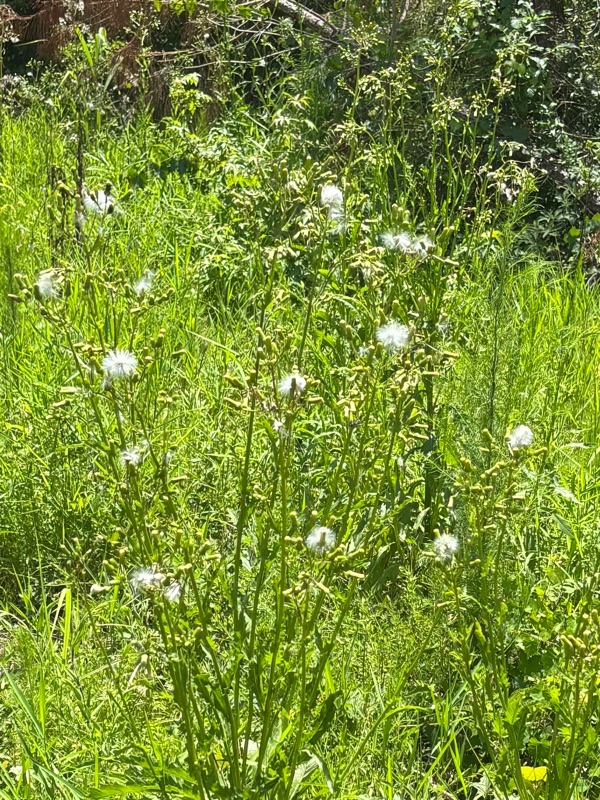Burnweed
 While I was driving around looking for dandelions to photograph for my last post, I found this very odd-looking cluster of what I thought were dandelions. I took a picture of it to add to my page, only to find out when I got home that they were something much different. Erechtites hiercafolia, also known as American burnweed or fireweed, is also an edible herb found in recently disturbed areas such as cleared land or disturbed soil, which is where I found the pictured plant. Fun fact, the plant’s name actually comes from its association with recently burned land. Also in the Asteraceae family, daisy/ sunflower family, burnweed’s flowers are bright yellow and look somewhat like a variant of sunflower. They are fast-growing annual weeds and are considered moderately invasive. These plants can get up to 8 feet tall in what seems like overnight! It is known for its pungent odor, unlike dandelions, but it is also known for its potential culinary and healing properties. Native Americans used burnweed to treat rashes caused by poison ivy, and it also is used in some parts of the world to treat hemorrhagic complaints. Much like basil, cannabis, and lemongrass, burnweed is high in terpenes such as myrcene. The leaves are usually fit to be harvested around July or August, and are often used in Malaysian and Indonesian dishes. Burnweed is known for being high in zinc, vitamin A, and protein. It may be potentially deadly if consumed in a high enough quantity, so in whatever scenario you may be inclined to ingest this plant, do so in small portions!
While I was driving around looking for dandelions to photograph for my last post, I found this very odd-looking cluster of what I thought were dandelions. I took a picture of it to add to my page, only to find out when I got home that they were something much different. Erechtites hiercafolia, also known as American burnweed or fireweed, is also an edible herb found in recently disturbed areas such as cleared land or disturbed soil, which is where I found the pictured plant. Fun fact, the plant’s name actually comes from its association with recently burned land. Also in the Asteraceae family, daisy/ sunflower family, burnweed’s flowers are bright yellow and look somewhat like a variant of sunflower. They are fast-growing annual weeds and are considered moderately invasive. These plants can get up to 8 feet tall in what seems like overnight! It is known for its pungent odor, unlike dandelions, but it is also known for its potential culinary and healing properties. Native Americans used burnweed to treat rashes caused by poison ivy, and it also is used in some parts of the world to treat hemorrhagic complaints. Much like basil, cannabis, and lemongrass, burnweed is high in terpenes such as myrcene. The leaves are usually fit to be harvested around July or August, and are often used in Malaysian and Indonesian dishes. Burnweed is known for being high in zinc, vitamin A, and protein. It may be potentially deadly if consumed in a high enough quantity, so in whatever scenario you may be inclined to ingest this plant, do so in small portions!
(Information found at Gardenista.com)
(All pictures used on this account were photographed by Alyssa Walton)
Comments
Post a Comment